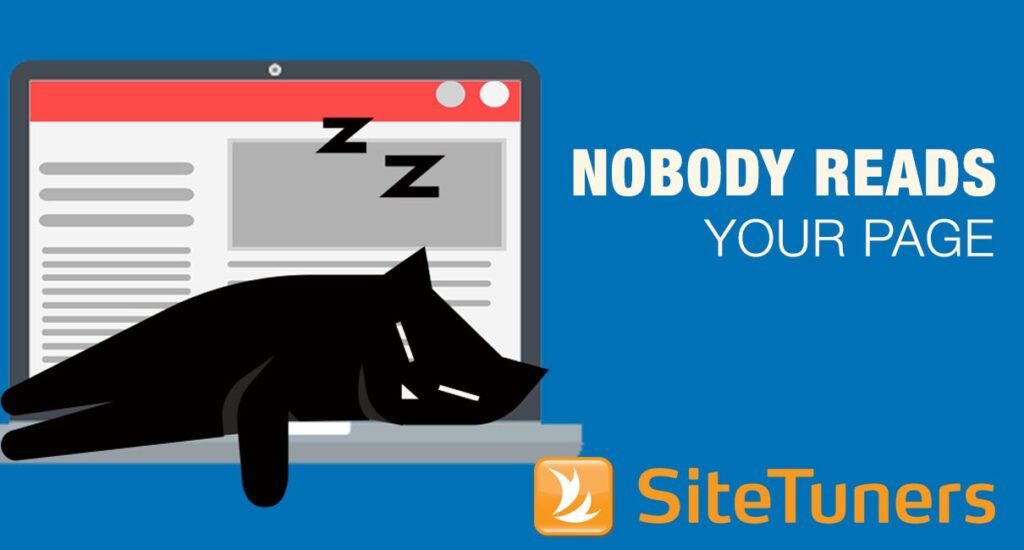Summary: This article explores the principles and importance of web accessibility, highlighting the significance of including diverse user needs, the four main principles of web accessibility, and the benefits of creating inclusive websites for all users.
Introduction to the Significance of Web Accessibility
Web accessibility is critical to designing and developing websites to ensure all users, including those with disabilities, can access digital content without barriers. By following inclusive web design principles that cater to diverse user needs, such as visual, auditory, motor, and cognitive impairments, websites can provide an inclusive online experience for everyone. The emphasis on web accessibility has grown significantly with the increasing focus on digital inclusion and diversity online.
The importance of web accessibility lies in its ability to create equal opportunities for individuals with disabilities to navigate and interact with online content. In a world where digital presence is undeniable, ensuring that websites are accessible to all users, regardless of their abilities, is not just a legal requirement but also a moral imperative. By prioritizing web accessibility, businesses and organizations can reach a broader audience, enhance user engagement, and contribute to a more inclusive online environment.
The Four Main Principles of Web Accessibility
According to the Web Content Accessibility Guidelines (WCAG), four main principles form the foundation of web accessibility: Perceivable, Operable, Understandable, and Robust. The Perceivable principle focuses on presenting information in a way that users can perceive through different senses, ensuring that content is accessible to all individuals, including those with sensory impairments. For example, while audio enhances the content experience, it can exclude those with hearing impairments without closed captions (CC) or transcripts. Closed captions allow screen readers to describe speakers, sound effects, music, and other auditory cues in real time. By incorporating these elements, everyone can fully engage with multimedia content.
Operability is another critical principle that emphasizes making user interface components and navigation accessible for all users, including those implementing assistive technologies. Ensuring keyboard accessibility enables individuals who cannot use a mouse to navigate a website effectively. By adhering to this principle, websites can accommodate a broader range of users with diverse needs, promoting inclusivity in the digital space.

Why Web Accessibility Matters
One crucial aspect of web accessibility is creating an inclusive online environment for individuals with disabilities, ensuring they can navigate websites and access information seamlessly. For instance, providing alternative text for images allows screen readers to describe visual content, enabling low-vision users to understand the context and meaning of the pictures. This simple yet effective practice exemplifies how small changes can significantly impact user experience and accessibility.
Prioritizing web accessibility benefits all website visitors and serves users with disabilities. For instance, clear navigation structures and intuitive interfaces, as required by the operable principle of the Web Content Accessibility Guidelines (WCAG), enhance the user experience for individuals using various devices, such as smartphones or assistive technologies like voice recognition software. Therefore, by implementing accessibility features that comply with established standards, businesses can create a more user-friendly interface that caters to a diverse audience, increasing user engagement and satisfaction.

Mastering E-commerce Website Design: Strategies for Success
Tips for Enhancing Website Accessibility
Enhancing website accessibility isn’t just about checking boxes; it’s about welcoming everyone into your online space. A significant step forward is offering text options for non-text elements, ensuring everyone can engage fully with the content. For instance, if an image is used to convey information, including descriptive alt text ensures that individuals using screen readers can understand the content. This simple yet powerful practice makes the website more inclusive and user-friendly.
Another critical aspect of enhancing website accessibility is ensuring keyboard accessibility. This feature allows users to navigate the website using keyboard commands instead of a mouse. By incorporating keyboard navigation, websites become more operable for individuals with motor impairments who may rely on assistive technologies. This minor adjustment can significantly impact the overall user experience, promoting inclusivity and ease of access for all visitors.

Moreover, considering a website’s visual aspects is vital in enhancing accessibility. Using appropriate color contrast and readable fonts improves the site’s aesthetics and makes the content more accessible to visually impaired users. For example, high color contrast between text and background enhances readability for low-vision individuals. By implementing these design considerations, websites can ensure that their content is perceivable by a broader audience, reinforcing the principles of web accessibility.
Conducting Comprehensive Web Accessibility Audits
Conducting web accessibility audits is fundamental to creating inclusive and user-friendly websites. These audits are critical in identifying potential barriers that may hinder users, particularly those with disabilities, from accessing digital content effectively. By conducting these audits regularly, website owners can ensure that their platforms remain compliant with accessibility standards, thus accommodating the diverse needs of all users.
One example of the importance of web accessibility audits can be seen in the evaluation of alt text usage. Ensuring your website’s images have descriptive alt text isn’t just a good practice—it’s essential. It is a lifeline for those relying on screen readers to navigate the web. By providing clear descriptions, you’re making your content accessible to everyone. So, next time when an image is uploaded, crafting a thoughtful alt text is a small step with a significant impact on inclusivity. Through a comprehensive audit, businesses can assess whether alt text is appropriately implemented across all visual elements, ensuring that users with visual impairments have equal access to the information presented on the site. Moreover, these audits provide actionable recommendations for enhancements, guiding website owners on how to make their platforms more accessible and user-friendly. By investing in professional audits, businesses can exhibit their commitment to inclusivity and foster a positive online experience for all visitors, regardless of their abilities.

11 Methods to Improve Your Visitors’ Online User Experience
Ensuring Legal Compliance and Maximizing Benefits
Ensuring ADA web compliance is crucial for safeguarding businesses against potential lawsuits and cultivating a positive brand image. For instance, the Americans with Disabilities Act (ADA) mandates that websites be accessible to individuals with disabilities to ensure equal access to digital content. Failure to comply with these standards can result in legal consequences, such as costly litigations and damage to a company’s reputation. Moreover, by prioritizing web accessibility, businesses fulfill their legal obligations and create a more inclusive and welcoming online environment for all users, ultimately boosting customer loyalty and trust.
In addition to legal considerations, prioritizing web accessibility offers various benefits beyond mere compliance. Enhancing SEO through accessible web design practices can improve a website’s visibility and ranking on search engines, leading to increased web traffic and potential revenue generation. Furthermore, a user-friendly and accessible website contributes to a positive user experience, fostering long-term customer relationships and encouraging repeat visits. By focusing on inclusive design principles and regularly updating accessibility features, businesses can unlock the full potential of their digital platforms, reaching a broader audience and differentiating themselves in the competitive online landscape.


